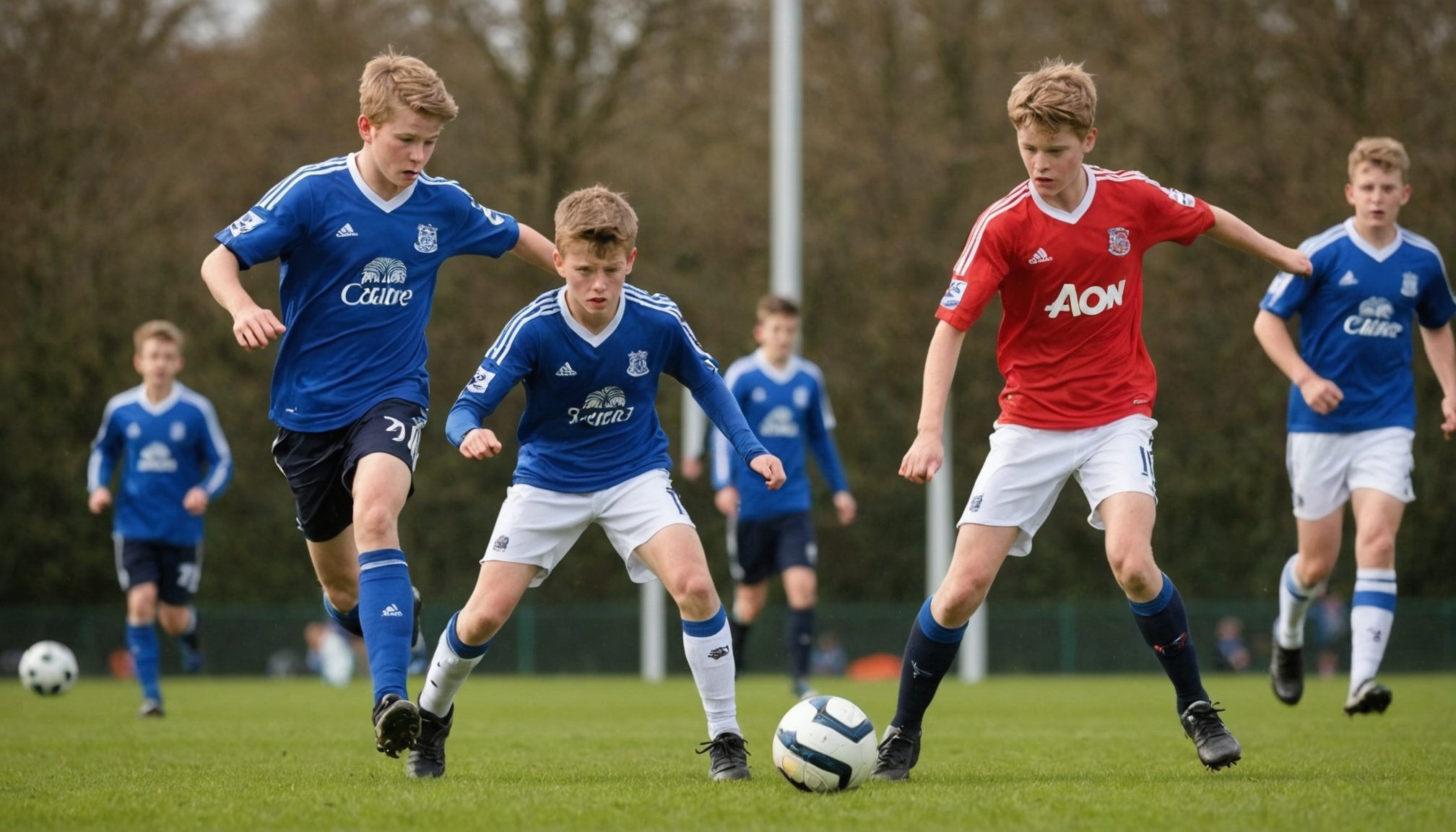Most Popular Alternative Sports Among UK Youth Today
Alternative sports UK youth prefer are growing notably, reflecting evolving youth sports trends UK. These popular non-mainstream sports UK provide engaging and inclusive options beyond traditional football or rugby. Examples include skateboarding, parkour, and ultimate frisbee, which appeal due to their emphasis on creativity, community, and individual skill.
Alternative sports refer to physical activities that differ from conventional team sports typically found in schools or clubs. Inclusion criteria focus on accessibility, youth participation rates, and cultural resonance with younger demographics. These sports often emphasize self-expression, agility, and informal competition.
Additional reading : How Can Emerging Sports in the UK Impact Community Development?
Statistically, participation rates in activities like BMX biking and street dancing have surged by over 20% in the past five years. Skateboarding, boosted by its recent Olympics debut, saw a 30% increase in youth involvement. Such rises underline a shift in youth sports trends UK, with preference moving toward sports that combine fun, fitness, and social elements.
Understanding these trends helps stakeholders adapt programs, ensuring alternative sports UK youth choose remain vibrant, inclusive, and beneficial for physical and mental well-being.
This might interest you : What Are the Environmental Considerations for Outdoor Sports in the UK?
Reasons Behind the Rise in Popularity of Alternative Sports
Youth sports trends UK show a significant shift towards alternative sports driven by social, cultural, and technological influences. One key reason for the rising popularity of these less traditional activities is how youth activity motivation UK aligns with the desire for individuality and inclusive environments. Alternative sports often offer a more relaxed atmosphere, attracting young people who seek less competitive and more creative forms of exercise.
Technology and social media have played a crucial role in this evolution. Platforms like Instagram and TikTok showcase diverse sports, enabling young people to discover and connect with communities passionately engaged in alternative disciplines. This exposure fuels curiosity and acceptance, boosting participation rates. Experts in youth culture emphasize that digital connectivity makes alternative sports more accessible and appealing, especially as young participants seek activities that fit their lifestyles and values.
Surveys support this perspective, revealing that youth activity motivation UK increasingly favors sports that foster social engagement and personal growth over traditional competition. Feedback from young people frequently highlights the importance of self-expression and fun, explaining why alternative sports continue to gain momentum in the UK’s youth sports trends.
Highlighted Alternative Sports Gaining Youth Participation
Youth engagement in alternative sports UK youth is on the rise, reflecting a broadening interest beyond traditional activities. These emerging youth sports UK provide dynamic, inclusive options suitable for different skills and lifestyles. For instance, examples of non-mainstream sports like skateboarding are gaining momentum, especially in urban areas where creativity and physical agility combine. Skateboarding blends street culture with athleticism, appealing to diverse young communities.
Another growing sport is parkour or freerunning, which challenges participants to navigate environments using acrobatic moves. This sport embodies freedom and agility, attracting youth seeking physical challenge without structure.
Ultimate Frisbee is also establishing itself as a preferred team sport, promoting fitness and strategy with less physical contact than traditional sports. This less conventional sport encourages inclusion and cooperative play.
As participation in these alternative sports increases, they offer both physical and social benefits. Recognizing these emerging youth sports UK helps expand opportunities for youth empowerment and wellbeing. Offering such options reflects an understanding of evolving interests in today’s youth culture.
Access, Barriers, and Growth Factors for Alternative Sports
Access to facilities and equipment plays a crucial role in encouraging youth participation in alternative sports UK. Many young people face barriers such as limited availability of specialised venues or the cost of gear, restricting their involvement. For example, skate parks, climbing walls, or BMX tracks are not as widespread as traditional sports facilities, creating access challenges. Addressing these gaps by investing in inclusive infrastructure can remove significant participation barriers.
Organisational and grassroots support significantly influences the growth of alternative sports. Community clubs, local councils, and schools promoting activities like parkour, roller derby, or street basketball provide structured opportunities for youth. These initiatives help overcome doubts and unfamiliarity while fostering social connections and skill development. Strong networks and advocacy contribute to gradually expanding youth sports UK participation beyond conventional disciplines.
Despite these efforts, persistent obstacles remain. Funding constraints, lack of public awareness, and cultural preferences for mainstream sports can limit growth. Yet, increasing interest in diverse sporting options and the rise of social media promoting alternative sports present promising opportunities. Tackling barriers systematically will enable broader engagement and sustainable expansion of the alternative sports landscape.






